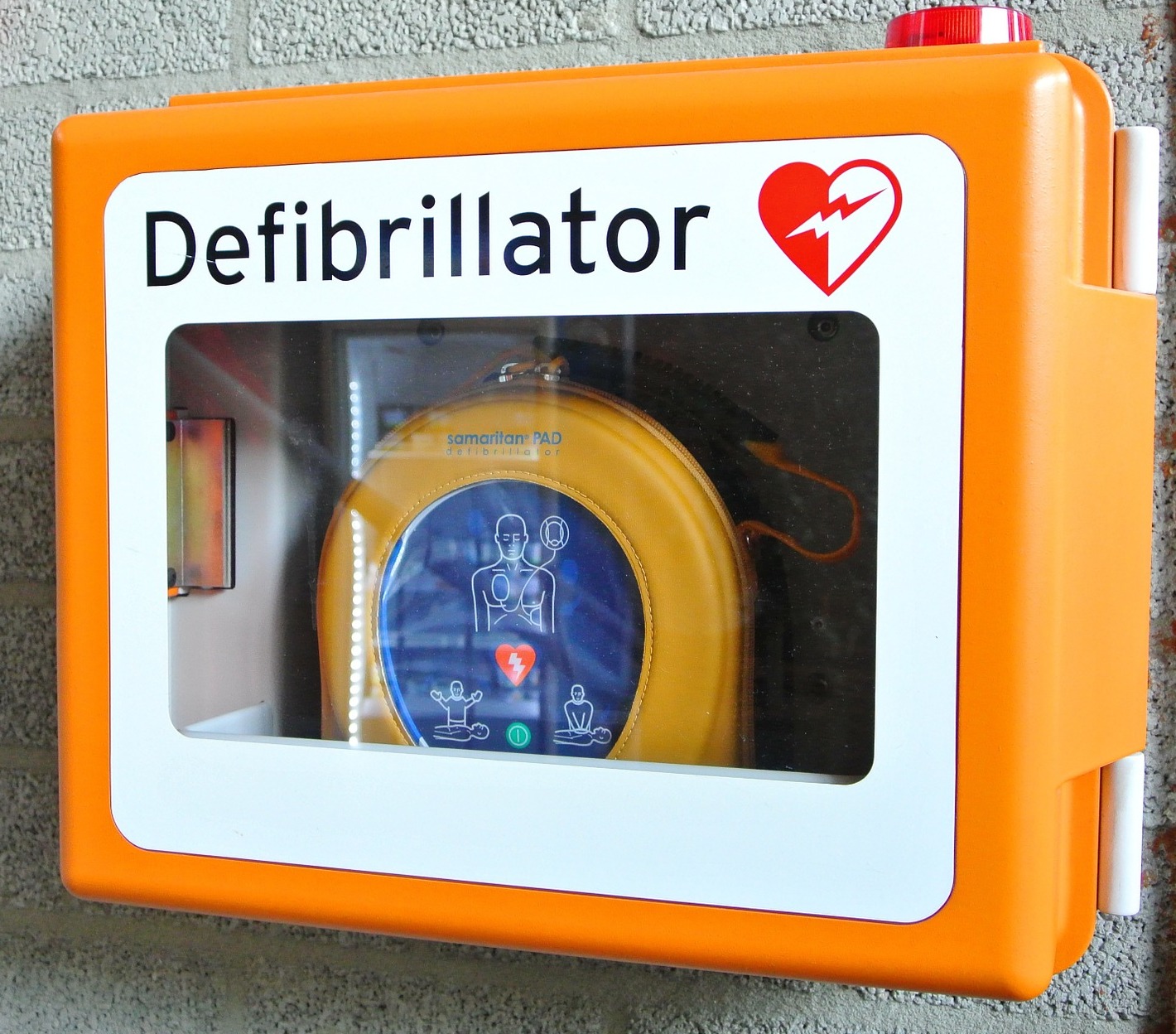Playlist
Show Playlist
Hide Playlist
ECG of Ventricular Tachycardia and Cardiac Arrest
-
Slides Ventricular Arrhythmias.pdf
-
Download Lecture Overview
00:01 What about if you keep stringing one PVC after another? That's called ventricular tachycardia. 00:07 It's a very fast heart rhythm, usually consists of more than three PVCs in a row. 00:12 And what it is, it's a circus movement, not so much in the atrium. 00:17 Remember, atrial tachycardia was this circus movement around and around. 00:20 Here, the around and around is occurring in the ventricle, results in a very fast heart rate which often is very ineffective, therefore the blood pressure drops, the patients may collapse or faint. 00:31 And from there, they may actually go into ventricular fibrillation or cardiac arrest as we'll show you in a moment. 00:37 The longer the run, the faster the rate of ventricular tachycardia, the more dangerous is this arrhythmia since it can deteriorate as I said, into ventricular fibrillation or cardiac arrest. 00:49 Here, we see an example of a rapid ventricular tachycardia. 00:53 The rate is 180 per minute. The heart does not work efficiently at 180 per minute. 00:58 The blood pressure drops. This is a dangerous arrhythmia that can deteriorate into ventricular fibrillation. 01:05 Here's another example, not quite so bad. 01:08 Here, the heart rate is 140-150. You'll notice it's very regular, right? Because it's just - it's a circular movement in the ventricle just like supraventricular tachycardia is this circus movement in the atrium, this is the circus movement in the ventricle. 01:24 You'll notice the rhythm strip at the bottom, very rapid. Here, a heart rate of 140-150, so the patient might have a blood pressure but they obviously would be distressed; shorter breaths, uncomfortable. 01:36 If they had narrowing’s in their coronary arteries, they might be having chest pain. 01:41 Notice that there are no P waves before the QRSs. 01:44 Here, we see an example of ventricular tachycardia deteriorating into ventricular fibrillation. 01:52 So, ventricular tachycardia is the circus movement around and around and then we go into chaos. 01:57 Remember I said with atrial fibrillation, the electrical activity is just chaotic? Here, we see the electrical activity chaotic, but it's in the ventricle. What happens? The blood pressure goes down almost a zero, this is a cardiac arrest. 02:12 And very, very fast ventricular tachycardia, here at 200 per minute. 02:18 Again, this is gonna be associated with a low blood pressure close to a cardiac arrest. 02:22 Some people will call this ventricular flutter, very fast rate. 02:27 And this is very, very dangerous arrhythmia. 02:30 Very high risk of becoming ventricular fibrillation within a few seconds and going on to cardiac arrests. 02:36 And here's ventricular fibrillation. 02:39 The chaotic electrical activity within the ventricles characterized by different sized complexes. 02:45 If untreated, eventually, this becomes a flatline and the person is dead. 02:50 Here, we see another example. Here's ventricular fibrillation. 02:55 And towards the end, there's almost no electrical activity. 02:59 This is very difficult to resuscitate; this patient. 03:02 You can see, total chaos in the ventricular activity.
About the Lecture
The lecture ECG of Ventricular Tachycardia and Cardiac Arrest by Joseph Alpert, MD is from the course Electrocardiogram (ECG) Interpretation. It contains the following chapters:
- Ventricular Tachycardia
- Ventricular Fibrillation
Included Quiz Questions
Which of the following best defines ventricular tachycardia?
- Presence of 3 or more PVCs in a row
- Presence of 3 or more PVCs in a 1-minute period
- Presence of 2 or more PVCs in a 1-minute period
- Presence of 2 or more PVCs in a row
- Absence of P waves before 3 or more QRS waves
Customer reviews
5,0 of 5 stars
| 5 Stars |
|
5 |
| 4 Stars |
|
0 |
| 3 Stars |
|
0 |
| 2 Stars |
|
0 |
| 1 Star |
|
0 |







